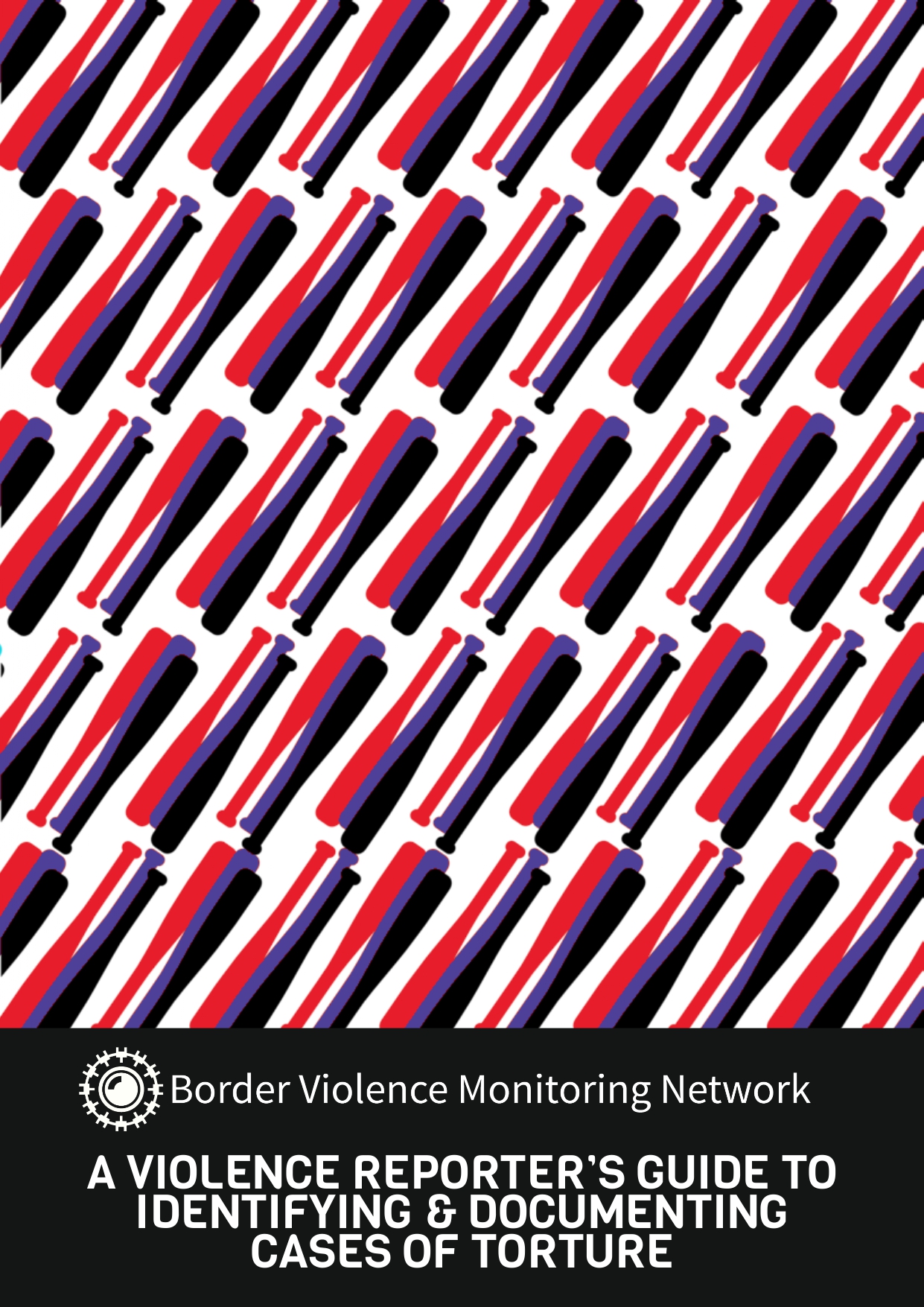Since the initial inclusion of the prohibition of torture, inhumane or degrading treatment and punishment in the Universal Declaration of Human Rights in 1948, a myriad of human rights charters and instruments have proceeded to enshrine the right to ensure that under no circumstances will it ever ever to be derogated from. Yet, since the Border Violence Monitoring Network began documenting and researching the systematic nature of pushbacks along the Western Balkans, Greece and Turkey, it became unequivocally apparent that physical and mental methods of torture and illtreatment were being exerted against people on the move.
Thus it became a vital attribute of the Network to advocate and litigate on the gross violations of the right that was occuring along the external borders of the EU. However, we quickly realised that at times, it can be difficult to differentiate and determine what qualifies as torture and what is considered cruel, inhuman and degrading treatment under EU and international law. In response to a notable gap in accessibility, we created a short and easy-to- use guidebook on how to identify such cases for litigation.
The Violence Reporter’s Guide to Identifying and Reporting Cases of Torture is designed to equip people from all backgrounds with an understanding of how to recognise and report potential cases of torture and ill-treatment through a lens of responsibility, finesse and humanity.
The guide includes a step-by-step breakdown on the definition of torture and other cruel, inhuman or degrading treatment, and outlines a number of features frequently related to pushbacks that can be classified under that definition. It also references the key legislation that should be focused on when evaluating such cases and contains a comprehensive “Dos and Donts” section on how to conduct an interview with a potential victim of torture or inhuman and degrading treatment as well as a note on the significance of volunteer mental health on the field.

